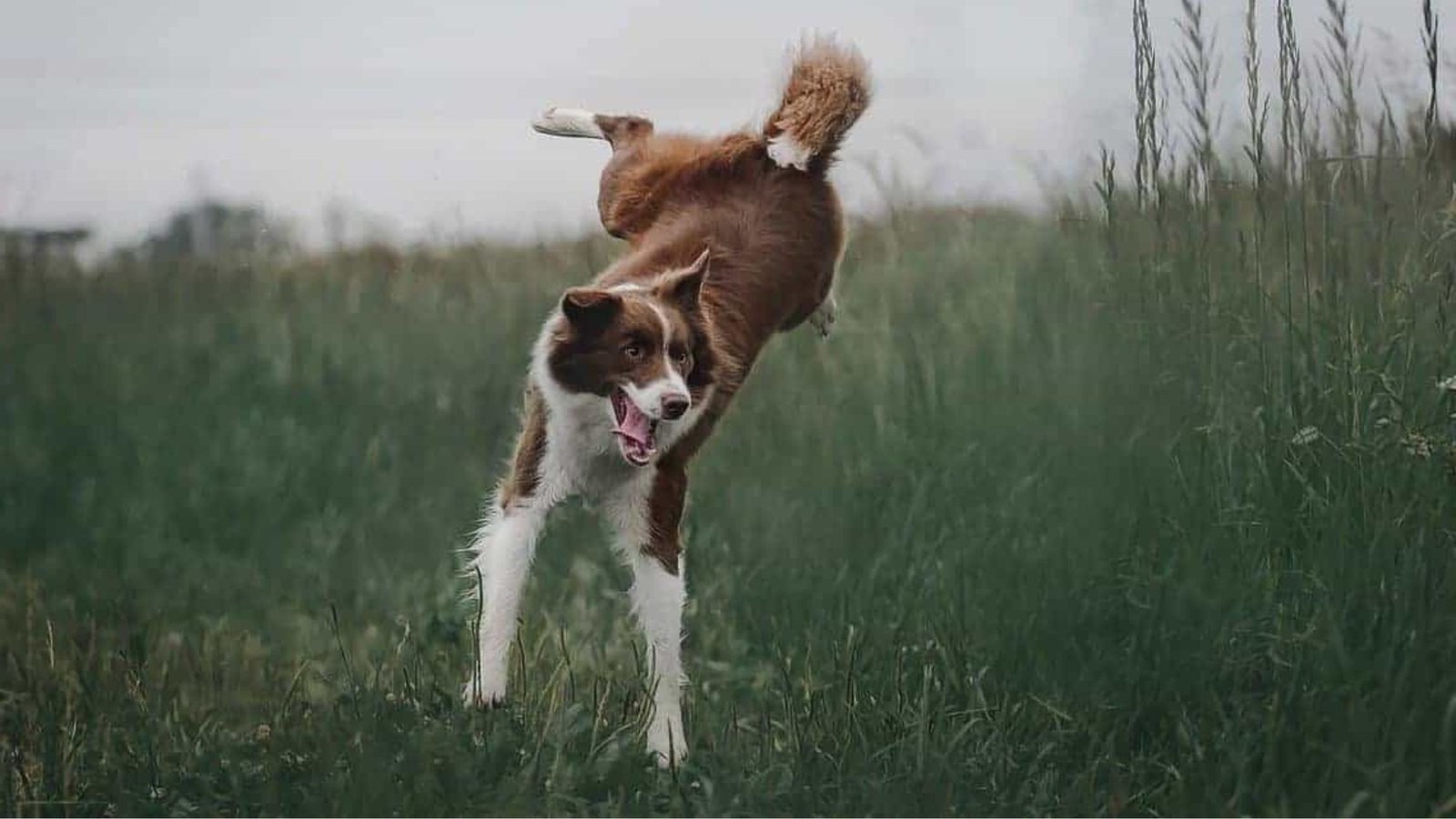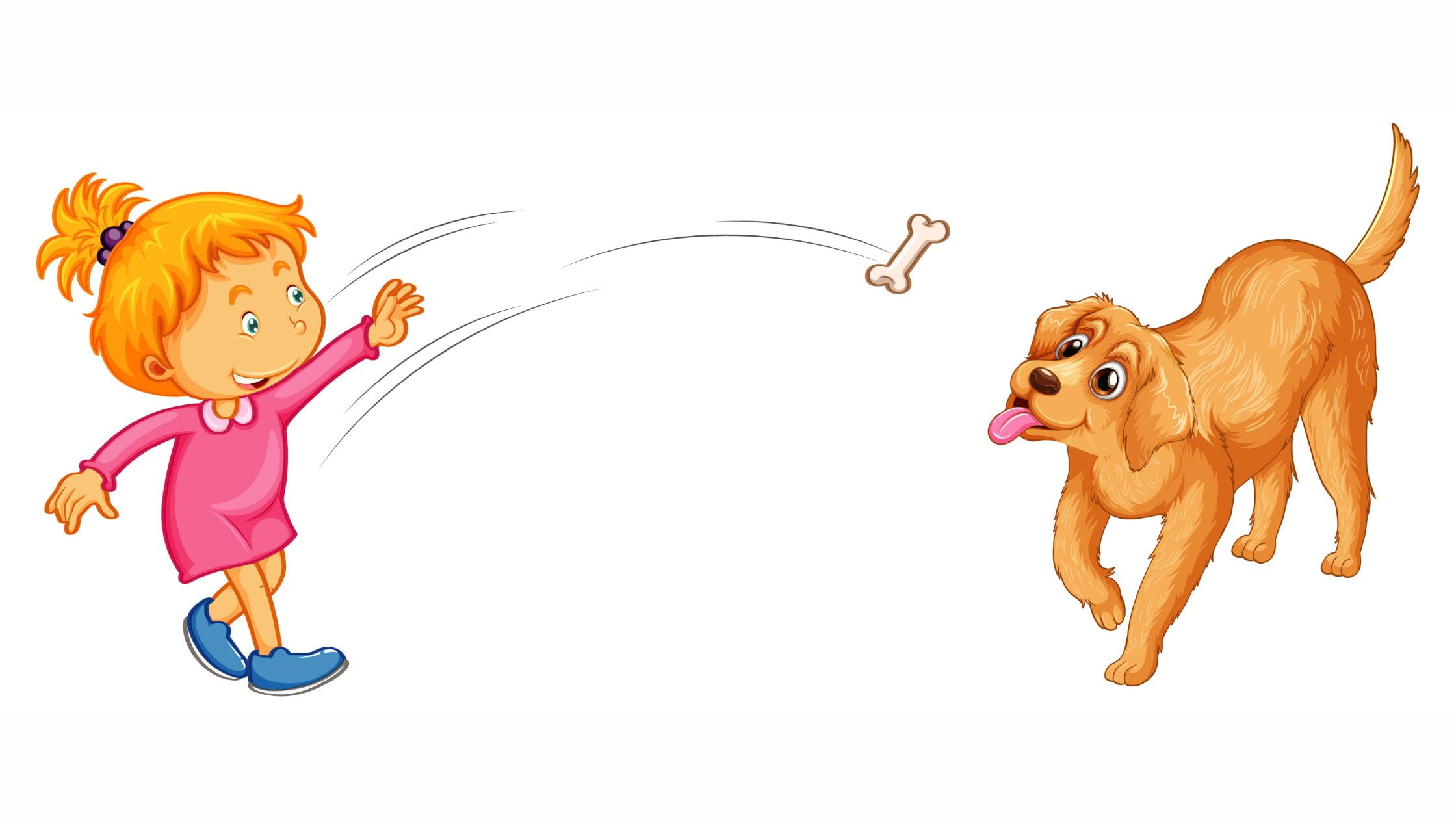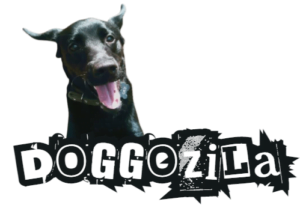The rhythmic sway of a dog’s tail is a universal language that dog owners quickly learn to interpret. But why do dogs wag their tails?

In this expansive guide, we’ll embark on a journey into the dog world, exploring the myriad reasons behind this tail-wagging phenomenon. From joy and excitement to fear and anxiety, a dog’s tail serves as a dynamic indicator of their emotional state. Check below Why do Dogs Wag their Tails!
THE ANATOMY OF A TAIL WAG
Before we delve into the emotions behind a dog’s tail wag, it’s important to understand the anatomy of this expressive appendage. A dog’s tail consists of several vertebrae, muscles, and tendons that allow for a wide range of movements. The position, speed, and direction of the wag can all provide valuable insights into a dog’s emotional state.
Dogs wag their tails from Joy and Excitement
One of the most common reasons for a dog’s tail wag is joy and excitement. When a dog is happy, their tail tends to wag vigorously and with a wide range of motion. The tail may wag from side to side or even in a circular motion. This exuberant wagging is often accompanied by a wagging body, wiggling hips, and a playful demeanor. It’s a clear indication that your furry friend is experiencing pure bliss. However, it’s important to note that not all tail wags are indicative of happiness. Dogs can also wag their tails when they are anxious or fearful, which we will explore further.
Fear and Anxiety can make Dogs to Wag their Tails too
Contrary to popular belief, a dog’s tail wagging does not always signify a friendly or approachable demeanor. In some cases, a dog may wag their tail in a stiff and slow manner, indicating fear or anxiety. This type of wag is often accompanied by other signs of stress, such as a lowered body posture, tucked tail, and flattened ears.
It’s crucial to recognize these signs and provide a safe and calm environment for your dog. Ignoring these signals can lead to escalated fear or aggression.
Dogs wag their tails as Submissive Behavior
Another reason for tail wagging is submissive behavior. When a dog feels intimidated or wants to show deference to a dominant individual, they may wag their tail low and slowly, almost in a submissive “sweeping” motion. This type of wag is often seen when a dog is meeting a new person or another dog and wants to convey that they mean no harm. It’s essential to approach a dog exhibiting this type of wag with caution and give them space to feel comfortable.
Dogs wag their tails from Alertness and Vigilance
A dog’s tail can also serve as a visual cue for their level of alertness and vigilance. When a dog is on high alert, their tail may be held high and stiff, possibly wagging slightly. This wag is often seen when a dog is focused on something in their environment, such as a squirrel or a passing car. It’s a sign that they are ready to react and assess the situation. Understanding a dog’s tail wag in this context can help you gauge their attention and respond accordingly.
Dogs wag their tails from Aggression and Dominance
While tail wagging is typically associated with positive emotions, it can also be a sign of aggression and dominance. When a dog wags their tail high and stiffly, accompanied by a rigid body posture and raised hackles, it’s a clear indication of potential aggression. This type of wag is often seen in confrontational situations, where a dog is asserting their dominance or preparing for a fight. It’s crucial to be cautious and avoid escalating the situation further if you encounter a dog displaying this type of tail wag.

INTERPRETING THE TAIL WAG
Now that we’ve explored the various emotions behind a dog’s tail wag, it’s important to understand that tail wagging is just one piece of the puzzle.
Dog tail as a dynamic indicator of their inner world
To accurately interpret a dog’s emotional state, it’s essential to consider other body language cues, such as ear position, body posture, vocalizations, and facial expressions. For example, a dog with a wagging tail and relaxed body posture is likely friendly and approachable. On the other hand, a dog with a stiff wagging tail, raised hackles, and a tense body is signaling potential aggression. It’s crucial to approach dogs with caution and respect their boundaries, especially if their body language suggests discomfort or fear.
A dog’s tail wag is a fascinating and intricate form of communication. By understanding the emotions behind a dog’s tail wag, we can better interpret their needs, desires, and emotional state. Whether it’s joy, fear, submission, alertness, or aggression, a dog’s tail serves as a dynamic indicator of their inner world. Learn to recognize the reasons why do dogs wag their tails!
Dog Tail Positions and Movements
A dog’s tail is not just a wagging appendage; it serves as a vital means of communication and can provide valuable insights into their overall health and well-being. By observing a dog’s tail behavior, owners and veterinarians can gain a deeper understanding of their pet’s emotional state, physical condition, and potential health issues. The position and movement of a dog’s tail can convey a wide range of emotions and intentions. Understanding these signals can help pet owners better communicate with their dogs and identify any potential health concerns.
Dog Tail Positions
When a dog’s tail is held high and wagging vigorously, it typically indicates excitement, happiness, or confidence. Conversely, a tail held low or tucked between the legs can suggest fear, anxiety, or submission. It’s important to note that tail positions can vary between different breeds, so it’s essential to consider the individual dog’s natural tail carriage. For example, some breeds, such as Basenjis, naturally have tightly curled tails that are held high even when the dog is relaxed.
Tail Wagging Patterns
While a wagging tail is often associated with happiness, the speed, direction, and intensity of the wag can provide further insights into a dog’s emotional state. A wide, sweeping wag that involves the entire tail usually indicates a positive and friendly disposition. On the other hand, a stiff, rapid wag with a tense body posture may suggest aggression or agitation.

POTENTIAL HEALTH ISSUES REVEALED BY TAIL BEHAVIOR
Changes in a dog’s tail behavior can be early indicators of various health issues. By recognizing these changes and seeking veterinary care promptly, owners can ensure their pets receive appropriate treatment and support.
Dog Tail Injuries
If a dog suddenly displays a change in tail behavior, such as holding it in an abnormal position or showing signs of pain when it is touched, it could be an indication of a tail injury. Common tail injuries include sprains, fractures, and nerve damage. Owners should carefully examine the tail for any visible signs of injury, such as swelling, bruising, or wounds. If a tail injury is suspected, it is crucial to seek veterinary attention to prevent further complications and alleviate the dog’s discomfort.
Dog Neurological Disorders
Neurological disorders can also affect a dog’s tail behavior. Conditions such as intervertebral disc disease (IVDD) or degenerative myelopathy can cause weakness or paralysis in the tail, resulting in changes in its position or movement.
Owners should be vigilant for any signs of weakness or loss of coordination in the tail, as these may be early indications of a neurological issue. Timely diagnosis and treatment can help manage these conditions and improve the dog’s quality of life.
Dog Pain or Discomfort
A dog may also exhibit changes in tail behavior if they are experiencing pain or discomfort elsewhere in their body. For example, if a dog has a sore back or hips, they may hold their tail lower than usual or tuck it between their legs to alleviate discomfort. Owners should pay attention to any alterations in tail behavior, especially if they are accompanied by other signs of pain, such as limping, reluctance to move, or changes in appetite or behavior. Consulting with a veterinarian can help identify the source of the discomfort and develop an appropriate treatment plan.
Emotional Distress
Just as a dog’s tail can indicate physical discomfort, it can also reflect emotional distress. Dogs experiencing fear, anxiety, or stress may exhibit tail behaviors such as tucking, rapid wagging, or holding the tail low and still.
It is essential for owners to recognize these signs and address the underlying causes of emotional distress. Creating a safe and supportive environment, providing appropriate training and socialization, and seeking professional guidance, if necessary, can help alleviate emotional distress in dogs.

ENSURING A HEALTHY DOG TAIL
To promote a healthy tail and overall well-being in dogs, there are several measures that owners should always take. From regular vet visits to playing in safe environment.
Regular Veterinary Check-ups and Tailoring Exercise and Play
Regular veterinary check-ups are crucial for monitoring a dog’s health and detecting any potential issues early on. During these visits, veterinarians can assess the condition of the tail, check for any signs of injury or discomfort, and provide appropriate preventive care. For a dog’s physical and mental well-being, exercise and play are essential. However, it is important to tailor these activities to the individual dog’s breed, age, and health condition. Avoid activities that may put excessive strain on the tail or increase the risk of injury.
Providing a Safe Environment and Recognizing and Addressing Stress
Creating a safe environment for a dog is crucial for preventing tail injuries and emotional distress. Remove any hazards that could potentially harm the tail, such as sharp objects or furniture with sharp edges. Additionally, ensure that the dog has a comfortable and secure space where they can retreat when they need privacy or relaxation. Stress can negatively impact a dog’s overall well-being, including their tail behavior. Owners should be attentive to any signs of stress in their dogs and take steps to alleviate it. This may include providing positive reinforcement training, creating a predictable routine, and offering appropriate mental stimulation.
Brief sum up on Why do dogs wag their tails
A dog’s tail behavior is a fascinating and informative aspect of their communication and overall health. By understanding the significance of tail positions and movements, recognizing potential health issues revealed by tail behavior, and taking proactive measures to ensure a healthy tail, owners can better care for their canine companions and strengthen the bond they share.
Remember, tail wagging should always be considered in conjunction with other body language cues to accurately assess a dog’s emotional state. By paying attention to these subtle signals, we can deepen our bond with our furry friends and provide them with the care and understanding they deserve. Hopefully this article show you the reasons why do dogs wag their tails.
Learn more about the dogs tail wagging on Wiki Pages!



